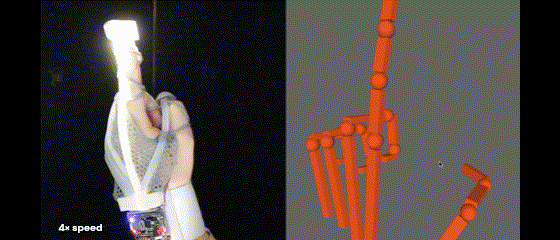Soft optical materials and devices
Exploring light-soft matter interaction across macroscopic and microscopic scales unveils novel robotic function.

The introduction of fiber optics in the 1970s has revolutionized the telecommunications industry upon the replacement of copper wires and played a major role in the advent of the Information Age - One high bandwidth fiber optic cable can replace thousands of electrical links to transmit the same amount of information. As parallels to the thriving field of stretchable electronics, soft optics is emerging as a new platform that uses the modulation of light in soft matter to encode multifunctionalities in the optical path.
Our group is excited about the unbounded possibilities soft optics presents to encode distributed physical intelligence at the materials level for robotic functions spanning from actuation, perception, to logic. We design, synthesize, and fabricate soft optical materials and structures to exploit the rich information carried by light (wavelength, intensity, polarization, propagation direction). We study the interaction between soft matter and light across microscopic and macroscopic scales, in tandem with exploration of polymeric materials design and processing strategies, to achieve novel soft device multifunctionalities. Finally, we design and fabricate soft optical devices/robots and demonstrate their functionalities in real-world applications (e.g., human-machine interaction as shown in video).